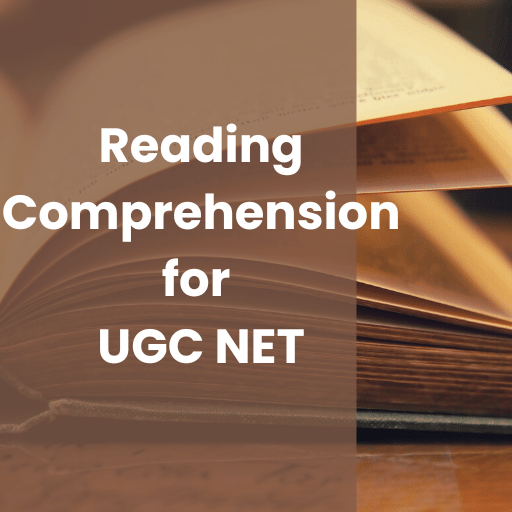Additional Information about Previous Year Questions- Time Response Analysis - 2 for Electrical Engineering (EE) Preparation
Previous Year Questions- Time Response Analysis - 2 Free PDF Download
The Previous Year Questions- Time Response Analysis - 2 is an invaluable resource that delves deep into the core of the Electrical Engineering (EE) exam.
These study notes are curated by experts and cover all the essential topics and concepts, making your preparation more efficient and effective.
With the help of these notes, you can grasp complex subjects quickly, revise important points easily,
and reinforce your understanding of key concepts. The study notes are presented in a concise and easy-to-understand manner,
allowing you to optimize your learning process. Whether you're looking for best-recommended books, sample papers, study material,
or toppers' notes, this PDF has got you covered. Download the Previous Year Questions- Time Response Analysis - 2 now and kickstart your journey towards success in the Electrical Engineering (EE) exam.
Importance of Previous Year Questions- Time Response Analysis - 2
The importance of Previous Year Questions- Time Response Analysis - 2 cannot be overstated, especially for Electrical Engineering (EE) aspirants.
This document holds the key to success in the Electrical Engineering (EE) exam.
It offers a detailed understanding of the concept, providing invaluable insights into the topic.
By knowing the concepts well in advance, students can plan their preparation effectively.
Utilize this indispensable guide for a well-rounded preparation and achieve your desired results.
Previous Year Questions- Time Response Analysis - 2 Notes
Previous Year Questions- Time Response Analysis - 2 Notes offer in-depth insights into the specific topic to help you master it with ease.
This comprehensive document covers all aspects related to Previous Year Questions- Time Response Analysis - 2.
It includes detailed information about the exam syllabus, recommended books, and study materials for a well-rounded preparation.
Practice papers and question papers enable you to assess your progress effectively.
Additionally, the paper analysis provides valuable tips for tackling the exam strategically.
Access to Toppers' notes gives you an edge in understanding complex concepts.
Whether you're a beginner or aiming for advanced proficiency, Previous Year Questions- Time Response Analysis - 2 Notes on EduRev are your ultimate resource for success.
Previous Year Questions- Time Response Analysis - 2 Electrical Engineering (EE)
The "Previous Year Questions- Time Response Analysis - 2 Electrical Engineering (EE) Questions" guide is a valuable resource for all aspiring students preparing for the
Electrical Engineering (EE) exam. It focuses on providing a wide range of practice questions to help students gauge
their understanding of the exam topics. These questions cover the entire syllabus, ensuring comprehensive preparation.
The guide includes previous years' question papers for students to familiarize themselves with the exam's format and difficulty level.
Additionally, it offers subject-specific question banks, allowing students to focus on weak areas and improve their performance.
Study Previous Year Questions- Time Response Analysis - 2 on the App
Students of Electrical Engineering (EE) can study Previous Year Questions- Time Response Analysis - 2 alongwith tests & analysis from the EduRev app,
which will help them while preparing for their exam. Apart from the Previous Year Questions- Time Response Analysis - 2,
students can also utilize the EduRev App for other study materials such as previous year question papers, syllabus, important questions, etc.
The EduRev App will make your learning easier as you can access it from anywhere you want.
The content of Previous Year Questions- Time Response Analysis - 2 is prepared as per the latest Electrical Engineering (EE) syllabus.
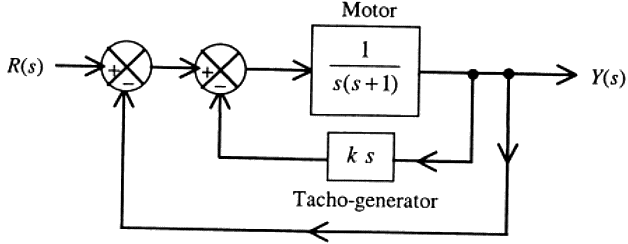 The gain K of the Tacho-generator influences mainly the (2011)
The gain K of the Tacho-generator influences mainly the (2011)
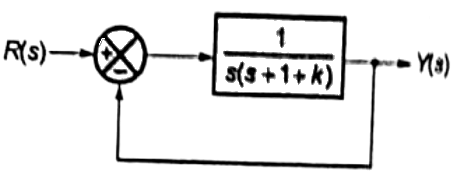 G(s) = 1/s(s+1+k) and H(s) = 1
G(s) = 1/s(s+1+k) and H(s) = 1 ⇒ s(s + 1 + k) + 1 = 0
⇒ s(s + 1 + k) + 1 = 0 Natural frequency ωn = 1 remains constant and does not depend on k.
Natural frequency ωn = 1 remains constant and does not depend on k. Damping ratio depends on k
Damping ratio depends on k
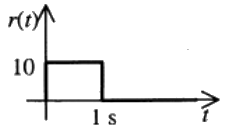 (a) 0
(a) 0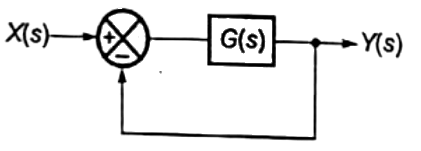
 H(s) = 1(unity feedback)
H(s) = 1(unity feedback)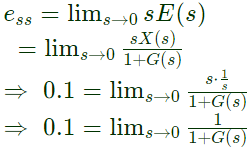 When input,
When input,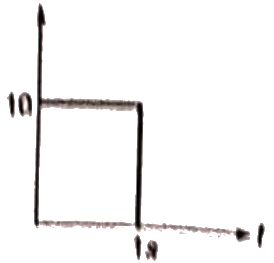 X(t) = 10[u(t) − u(t − 1)]
X(t) = 10[u(t) − u(t − 1)]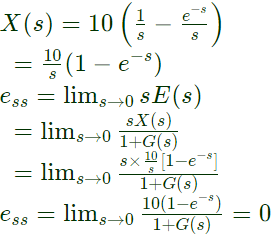
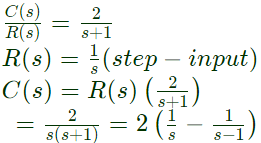 C(t) = L−1[C(s)]=2[−1 − e−t]
C(t) = L−1[C(s)]=2[−1 − e−t]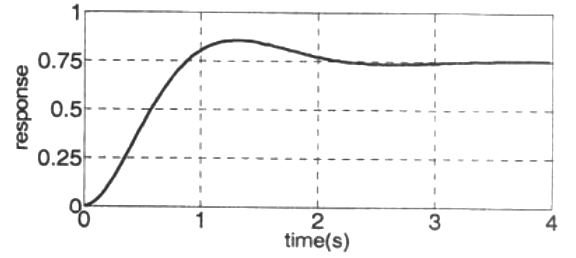 (a) 0.5
(a) 0.5 Steady state erro using find value theorem,
Steady state erro using find value theorem,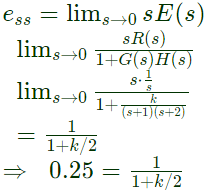 ⇒ k = 6
⇒ k = 6 This system is (2008)
This system is (2008) Comparing with standard form,
Comparing with standard form, ∴ 2ξωn = 20
∴ 2ξωn = 20  The steady state value of the output of the system for a unit impulse input applied at time instant t = 1 will be (2008)
The steady state value of the output of the system for a unit impulse input applied at time instant t = 1 will be (2008) Steady state value of output, using final value theoram,
Steady state value of output, using final value theoram,
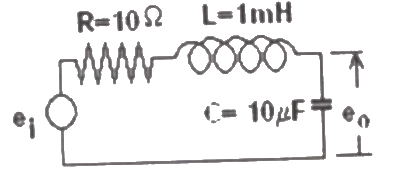 If the above step response is to be observed on a non-storage CRO, then it would be best have the ei as a (2007)
If the above step response is to be observed on a non-storage CRO, then it would be best have the ei as a (2007) Settling time
Settling time 
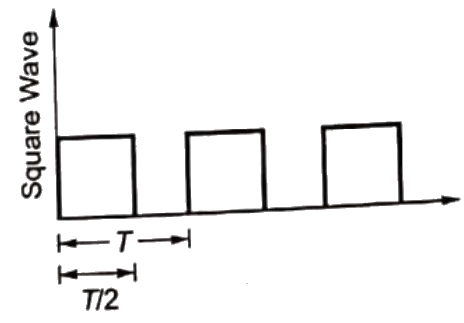 For a square wave T/2 should be grater than ts
For a square wave T/2 should be grater than ts For f2 = 300Hz
For f2 = 300Hz For f3 = 2kHz
For f3 = 2kHz Therefore, it would be best to have ei as a square wave of 300Hz.
Therefore, it would be best to have ei as a square wave of 300Hz. 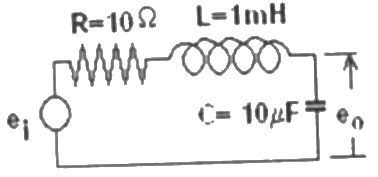 For a step-input ei, the overshoot in the output eo will be (2007)
For a step-input ei, the overshoot in the output eo will be (2007)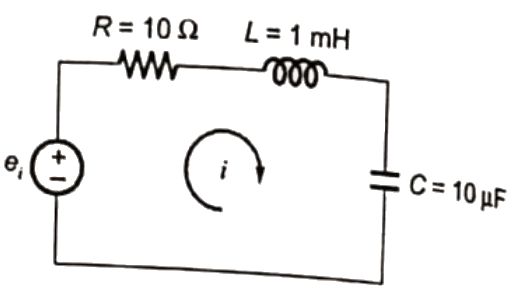
 Taking Laplace transform,
Taking Laplace transform,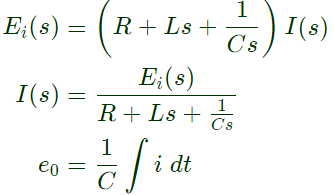
 Characteristic equation,
Characteristic equation, Comparing with,
Comparing with,
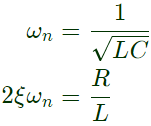
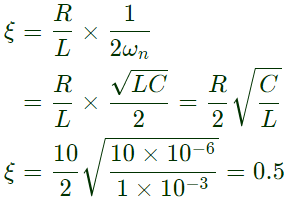 Overshot
Overshot 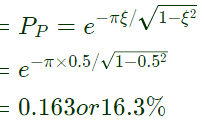
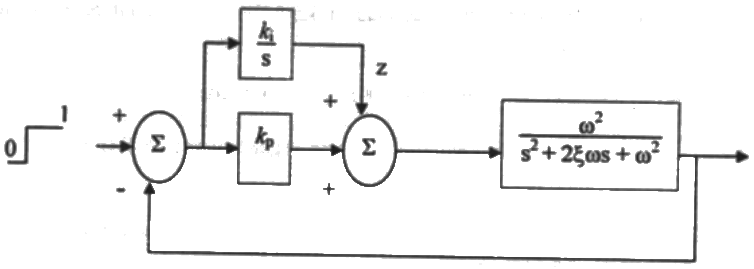 (a) 1
(a) 1
 and H(s) = 1
and H(s) = 1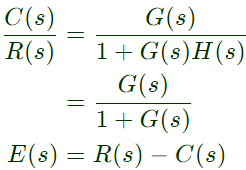

 Steady state value of Z,
Steady state value of Z,
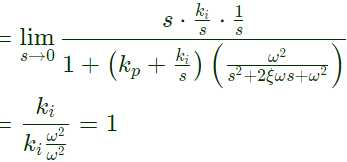
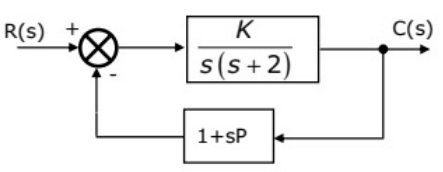 (a) 20 and 0.3
(a) 20 and 0.3 Closed-loop transfer function,
Closed-loop transfer function, So, characteristic equation = s2 + (2 + kP)s + k
So, characteristic equation = s2 + (2 + kP)s + k
 (where ωn = undamped natueal frequency)
(where ωn = undamped natueal frequency)  (a) 25%
(a) 25% Open loop transfer function
Open loop transfer function
 where,
where,






